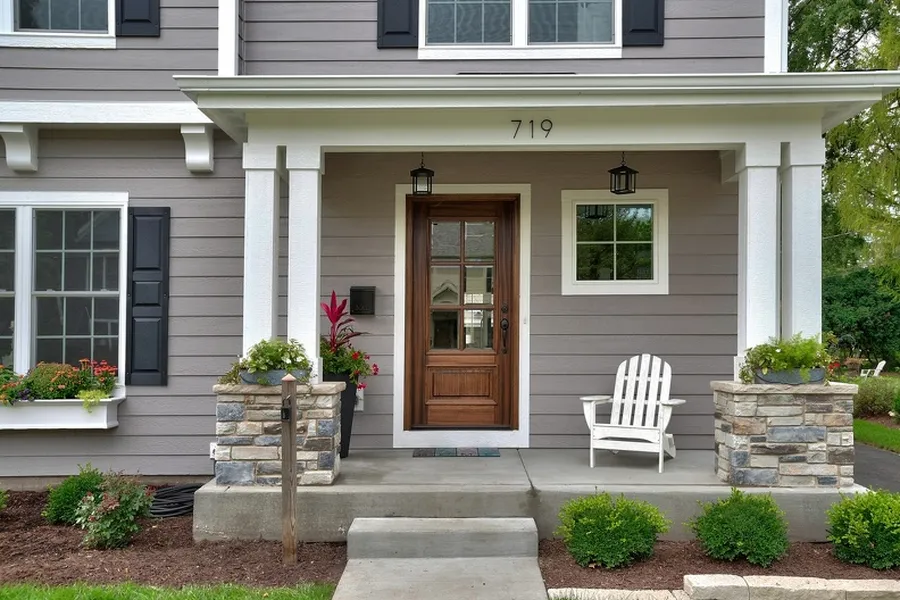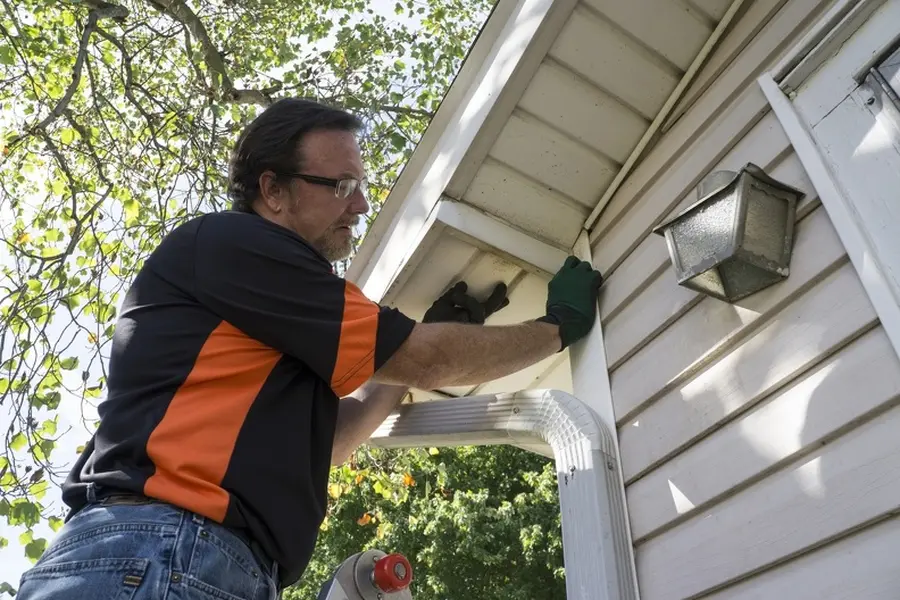Why Weather Protection Depends on Good Construction Techniques
Weather can be harsh, and your home needs to withstand it. Proper weatherproofing is crucial to keep your home safe and comfortable. A key part of this is how well your siding is installed. Your siding acts as a shield against rain, wind, and temperature changes. When done right, it protects your home effectively. This article will explore why the way siding is put up matters so much and what benefits you can expect from a job well done.

Protecting Your Home From Harsh Elements
Your home’s siding does more than just look good. It plays a vital role in shielding your home from the elements. A strong barrier keeps out moisture, which helps prevent mold and rot inside your walls. Properly installed siding blocks rainwater and prevents leaks that could cause severe damage over time. This protection extends to keeping out harsh winds and extreme temperatures, making sure your home stays comfortable year-round.
The Role of Siding Installation in Energy Efficiency
siding installation has an impact beyond just protecting against the weather. It also affects how energy-efficient your home is. Well-installed siding provides an extra layer of insulation, which helps maintain indoor temperatures. This means your heating and cooling systems don’t have to work as hard, saving you money on energy bills. Inadequate installation can lead to gaps or cracks that let air escape, reducing efficiency.

Avoiding Common Problems With Poor Installation
Poorly executed siding installation can result in many issues. Gaps or loose panels might allow water infiltration, leading to structural problems over time. These mistakes can also invite pests into your home as they find easy entry points through poorly fitted areas. Furthermore, incorrect alignment or insufficient sealing may cause premature fading or warping of the materials.
Ensuring Long-Lasting Results Through Quality Workmanship
Getting a professional to handle your siding project ensures high-quality results. Experts know the best practices for installing each type of material used in siding, such as vinyl or wood. They ensure everything fits snugly and securely, minimizing risks like water intrusion. Such attention to detail offers longevity for your investment and peace of mind knowing it’s done right.
Essential Steps for a Successful Installation Process
- Choose durable materials suitable for your climate.
- Ensure your surface is clean and dry before starting.
- Align panels properly to avoid gaps.
- Seal joints with appropriate caulking products.
- Inspect the final work thoroughly for any flaws.
Best Practices for Maintaining Your Siding
Proper maintenance keeps your siding effective throughout its lifespan. It’s important to wash your siding regularly to remove dirt and prevent buildup that could affect its performance. Also, check for any cracks or damage after heavy storms and fix them promptly to avoid further issues. Regularly inspecting the seals around windows and doors ensures continued protection against leaks.
Considering Costs and Benefits of Quality Work
The upfront cost of quality siding installation might seem high, but it saves money long-term. Investing in good materials and skilled labor reduces future repair costs significantly by preventing common issues associated with poor installations. Plus, improved energy efficiency leads to lower utility bills.
Conclusion and Actionable Recommendations
Proper siding installation is crucial for effective weatherproofing and maintaining energy efficiency in homes. To ensure the best outcome, hire experienced professionals who use high-quality materials tailored to your local climate conditions. If you’re planning a project soon, consider reaching out to Alvarez Roofing & Construction. We’re located in Alice, TX and ready to help enhance your home’s durability against weather challenges. Call us at (361) 207-1622 to learn more about our services and schedule a consultation.